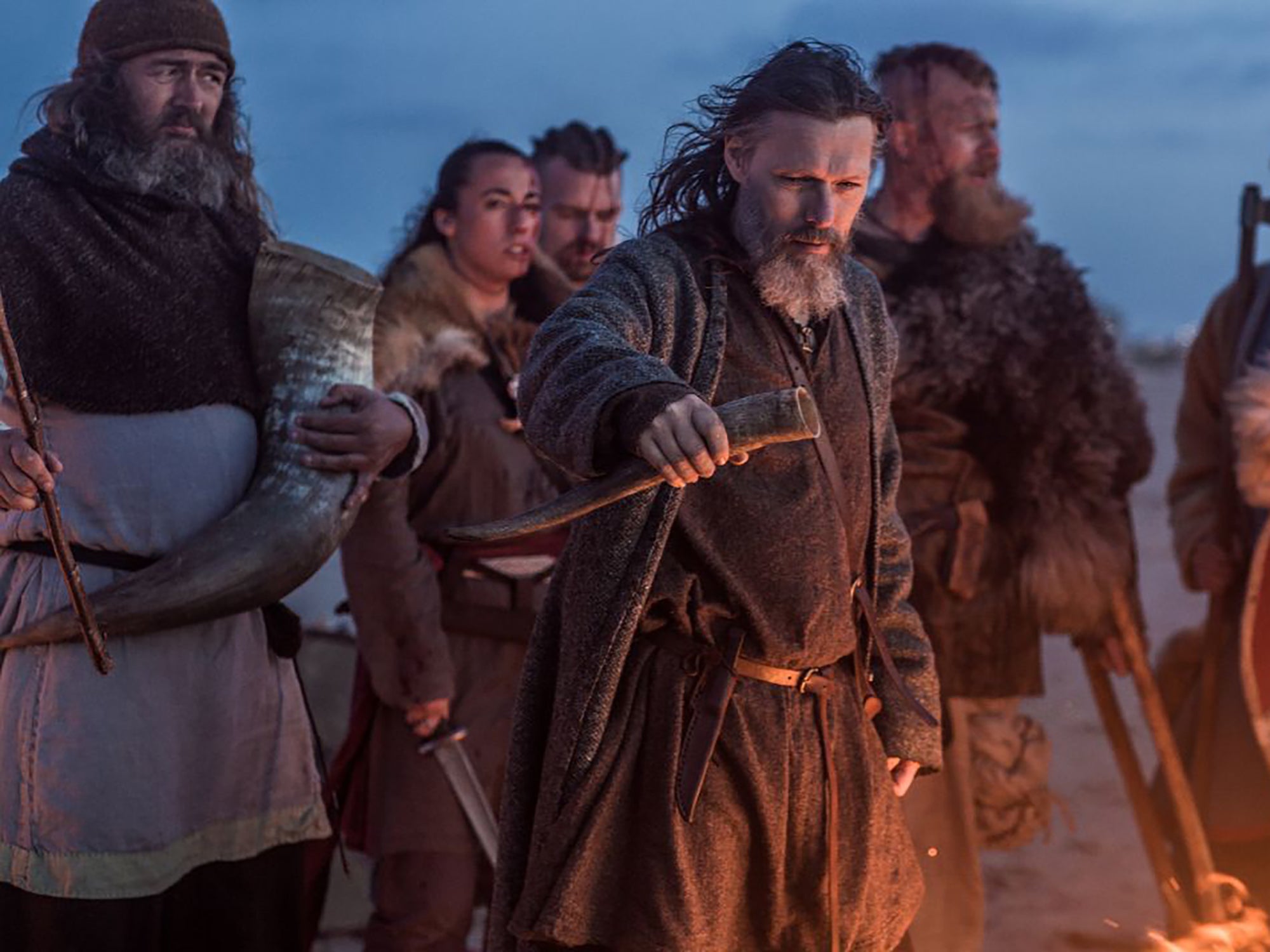Meet the ancient Viking equivalent of modern chess, whose importance to the culture is as mysterious as its original rules.
While we may think of the Vikings as vicious raiders, ruthless warriors, or savvy survivalists - all of which are true ideas - it’d be unfair to restrict them only to this mindset. Like any other society, they had priorities outside of conquest and combat. Everyday men, women, and children had downtime between chores that needed filling. And what do we do when we have downtime? We play games!
One of the games most popular in Norse culture is Hnefatafl, a sort of king defence game played on a simple gridded board.

King’s Table: A History of Hnefatafl
The earliest records of hnefatafl we have date back to the 11th century sagas, where early kings and nobles discussed strategy and boasted about their capabilities with the game. For example, the future Earl Rǫgnvaldr is translated as saying, in the Orkneyinga Saga, “I am eager to play [tafl],/I have mastered nine skills,/I hardly forget the runes.”
The game is also referenced in the Hervarar saga, when Odin, in disguise, presents riddles to King Heiðrekr, one of which can be translated as, “Who are the maids that fight weaponless around their Lord, the brown ever sheltering and the fair ever attacking him?” The king responds with, “It is hnefatafl, the pieces are killed weaponless around the king, and the red ones are following him.” For the All Father himself to choose the game as an answer for a riddle shows its significance to the culture and its association with kings and gods.
The name of the game is derived from the words “hnef,” generally meaning “fist,” and “tafl,” generally meaning “table.” Translated together, scholars assume this game was intended to reference the strength and knowledge of the players; as such, it’s often translated as “King’s Table.” It’s actually one of several “tafl” games, or board games as we might call them today, and seems to have had a part in the evolution of modern chess alongside the Indian game Chaturanga and the Sámi game Tablut, all of which had a focus on defence and strategy as the main gameplay elements.
How to Play Hnefatafl

While we may never know the original rules of hnefatafl - there are no surviving original records from Viking times - many interested historians have attempted to recreate the game based on similar games from the time period and surviving boards and pieces.
The game is played on a board with either 11 x 11 or 13 x 13 squares. It’s designed for two players: the Defender and the Attacker. The Defender arranges his pieces in the centre of the board, with a King in the middle square (called the Throne) surrounded by soldiers. These are usually the lighter-coloured pieces. The Attacker starts on the four edges of the board in a sort of triangle pattern, with no pieces on the corner squares (called Havens).
The players take turns moving one piece as many squares as they like in a straight line (think of the way a rook moves in chess). Players can’t jump over their own or their opponent’s pieces, and no two pieces can share the same square. If a piece is surrounded on two opposing sides by two opposing pieces, it’s captured and removed from the board.
The Defender wins if they are able to either move their King into one of the Havens or capture all of the Attacker’s pieces. The Attacker wins if they capture the Defender’s King.
The win conditions of the game are interesting; according to some research, the Defender tends to have the advantage despite the Attacker having about twice as many pieces. Because of this, historians are still adjusting their interpretations of the rules and trying to find a balance that would make a bit more sense.
There are also some variations of rules to play by, including things like:
Traps, where a piece must be completely surrounded in order to capture
A King placed on the throne protects his Defenders from capture as long as they’re adjacent to him
The throne can’t be used to capture, i.e, you must have two pieces or a Haven to capture
Kings can’t capture
Sources:
https://www.semanticscholar.org/paper/Hnefatafl-%E2%80%94-the-Strategic-Board-Game-of-the-Vikings-Helmfrid/84d4616e7435490adbc0ebc4339669dfa509d42c
https://www.sciencedirect.com/science/article/abs/pii/S0304397524002421
https://core.ac.uk/download/pdf/268146544.pdf
https://asgardalaska.org/2025/02/viking-chess-or-hnefatafl/
https://www.lifeinnorway.net/viking-games/
https://sonsofvikings.com/blogs/history/viking-chess
https://tafl.lyckans-talisman.se/#Chap6
https://www.chess.com/article/view/history-of-chess
https://www.youtube.com/watch?v=fZ9cMj2Qn5Y&pp=ygUKSG5lZmF0YWZsIA%3D%3D
https://www.youtube.com/watch?v=gM9Z5RkINP8&pp=ygUKSG5lZmF0YWZsIA%3D%3D



